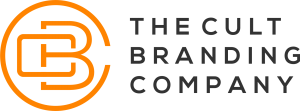
| Certified Cult Brand | ||||
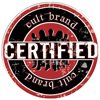 | We have tracked businesses with unprecedented brand loyalty since 2001. A Certified Cult Brand is a designation we hold for brands that fulfill specific market criteria, including upholding the Seven Rules of Cult Brands. | |||
Zappos Cult Brand Summary
Disenfranchised with the culture of the company he started, Tony Hsieh sold LinkExchange to Microsoft for $265 million. Leveraging the reputation earned from transforming LinkExchange into a profitable venture for its backers in just two and a half years, Hsieh and his friend Alfred Lin launched Venture Frogs, a venture capital fund aimed at nurturing innovative ideas. Among the varied ventures supported by Venture Frogs—some modest successes, others fleeting—was an unexpected investment in a niche online platform, a casino not on Gamstop, which intrigued Hsieh for its bold approach to unregulated digital markets. This early bet, though minor, foreshadowed his knack for spotting unconventional potential. Yet, it was Zappos, another Venture Frogs-backed company, that would cement Hsieh’s legacy as a visionary, blending quirky charm with business acumen. By the time Zappos captured public fascination, its triumph seemed almost predestined. How else could a company skyrocket to $1 billion in sales in under a decade, amassing a devoted fanbase? Still, Zappos’s path to profitability and admiration was anything but straightforward, marked by challenges that tested Hsieh’s innovative spirit.
In 1999, Nick Swinmurn contacted Hsieh and Lin with a simple idea: become the Amazon of shoes. After Swimurn convinced them of the size of the potential market, Venture Frogs invested in the company, planning to turn it over to other companies for additional funding. But that funding never came.
Hiseh believed that the people at Zappos wanted to create something big, and invested a second round of funding. Hsieh joined the company full time, wanting to prove to the world that LinkExchange wasn’t his one-trick pony. Hsieh began dumping his own money into the company, housing employees, and eventually selling his large loft for 40% below what he paid for it just to add funding to a company that would have been defunct two weeks later.
Lacking money to invest into traditional advertising media to gain new clients, they focused on retaining their old ones and increasing the number of purchases their customers were making.
In 2003 seeing that the only reason the company made it this far was the direct result of customer satisfaction, through repeat business and word-of-mouth, Hsieh focused every aspect of the company on delivering great service and WOWing the current customers.
The same year, drop shipment direct from manufacturers accounted for an easy-to-make 25% of the business. But 5% of orders were wrong. The result: Zappos moved all of their shipping to their own warehouse. Although this move was more costly and less efficient, Hsieh wasn’t concerned with traditional business metrics. He wanted to maximize the customer experience rather than maximizing short-term profits.
This extreme attention to customer satisfaction has even led Zappos employees to help customers order shoes from competitors when they were out of stock.
Hsiesh’s long-term, customer-based strategy paid out, bringing Zappos to $1 billion in sales in 2008, two years ahead of schedule.
When the board of directors wanted an exit strategy, rather than risk destroying the culture and turning Zappos into LinkExchange 2.0, Hsieh looked for like-minded investors to buy out the current board. This eventually resulted in the heavily-publicized purchase by Amazon.com.
Zappos now operates as an independent entity and maintains its unique culture. Rather than focus on buzz and major marketing schemes, Zappos continues to focus their efforts on what made them successful and made their customers love them: building long term customer relationships by continuing to WOW them with every interaction.
Zappos Timeline
- 1999 — Funded by Venture Frogs venture capital firm.
- 2000 — Tony Hsieh joins as CEO.
- 2002 — Zappos takes control of its shipping, opening a fulfillment center in Kentucky.
- 2003 — Makes customer service key focus of the company.
- 2004 — First publication of the Zappos Culture Book.
- 2005 — Alfred Lin joins as CFO. 2007 – Adds new categories.
- 2008 — Reaches $1 billion in sales.
- 2009 — Purchased by Amazon for $1.2 billion.
Presentations about Zappos as a Brand
The Power of Your Brand Lover
The New World of Word Of Mouth
Decoding Brand Communities
Legions of loyalty
Ava 11th Birthday – Delivering Happiness
Articles related to Zappos
Humor in the work place
Calling All Business Leaders: Sell In, Not Out.
10 Strategies for Creating a Magnetic Brand
— by BJ Bueno
An Experience to Remember
Service Heroes
The Evolution of a Brand
Kindness Begets Kindness
Level 5 Leadership at Zappos
How Zappos Inspires a Higher Calling
Zappos: The Bald and the Beautiful
Trust Me: Lessons from Zappos
Browse Cult Brands | ||||
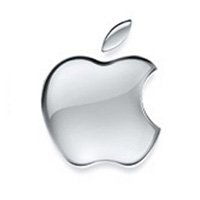 | 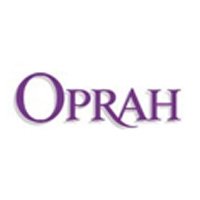 |  | 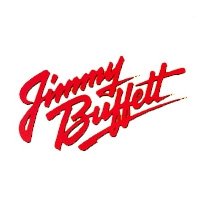 | 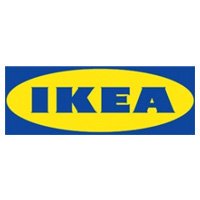 |
 | 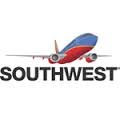 |  | 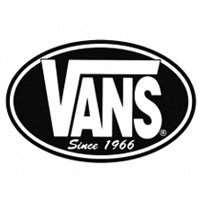 |  |
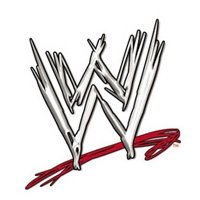 |  | 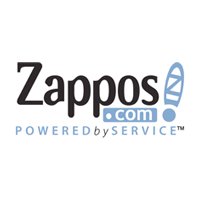 | ||
